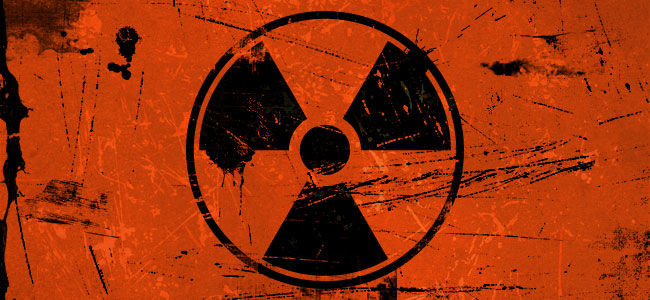
14,000 U.S. Deaths Tied to Fukushima Reactor Disaster Fallout
Joseph Mangano and Janette Sherman International Journal of Health Services

The rise in reported deaths after Fukushima was largest among U.S. infants under age one. The 2010-2011 increase for infant deaths in the spring was 1.8 percent, compared to a decrease of 8.37 percent in the preceding 14 weeks.The IJHS article will be published Tuesday and will be available online as of 11 a.m. EST at http://www.radiation.org . Just six days after the disastrous meltdowns struck four reactors at Fukushima on March 11, scientists detected the plume of toxic fallout had arrived over American shores. Subsequent measurements by the U.S. Environmental Protection Agency (EPA) found levels of radiation in air, water, and milk hundreds of times above normal across the U.S. The highest detected levels of Iodine-131 in precipitation in the U.S. were as follows (normal is about 2 picocuries I-131 per liter of water): Boise, ID (390); Kansas City (200); Salt Lake City (190); Jacksonville, FL (150); Olympia, WA (125); and Boston, MA (92). Epidemiologist Joseph Mangano, MPH MBA, said: “This study of Fukushima health hazards is the first to be published in a scientific journal.
It raises concerns, and strongly suggests that health studies continue, to understand the true impact of Fukushima in Japan and around the world. Findings are important to the current debate of whether to build new reactors, and how long to keep aging ones in operation.”Mangano is executive director, Radiation and Public Health Project, and the author of 27 peer-reviewed medical journal articles and letters. Internist and toxicologist Janette Sherman, MD, said: “Based on our continuing research, the actual death count here may be as high as 18,000, with influenza and pneumonia, which were up five-fold in the period in question as a cause of death. Deaths are seen across all ages, but we continue to find that infants are hardest hit because their tissues are rapidly multiplying, they have undeveloped immune systems, and the doses of radioisotopes are proportionally greater than for adults.”Dr. Sherman is an adjunct professor, Western Michigan University, and contributing editor of “Chernobyl – Consequences of the Catastrophe for People and the Environment” published by the NY Academy of Sciences in 2009, and author of “Chemical Exposure and Disease and Life’s Delicate Balance – Causes and Prevention of Breast Cancer.”The Centers for Disease Control and Prevention (CDC) issues weekly reports on numbers of deaths for 122 U.S. cities with a population over 100,000, or about 25-30 percent of the U.S. In the 14 weeks after Fukushima fallout arrived in the U.S. (March 20 to June 25), deaths reported to the CDC rose 4.46 percent from the same period in 2010, compared to just 2.34 percent in the 14 weeks prior. Estimated excess deaths during this period for the entire U.S. are about 14,000.
